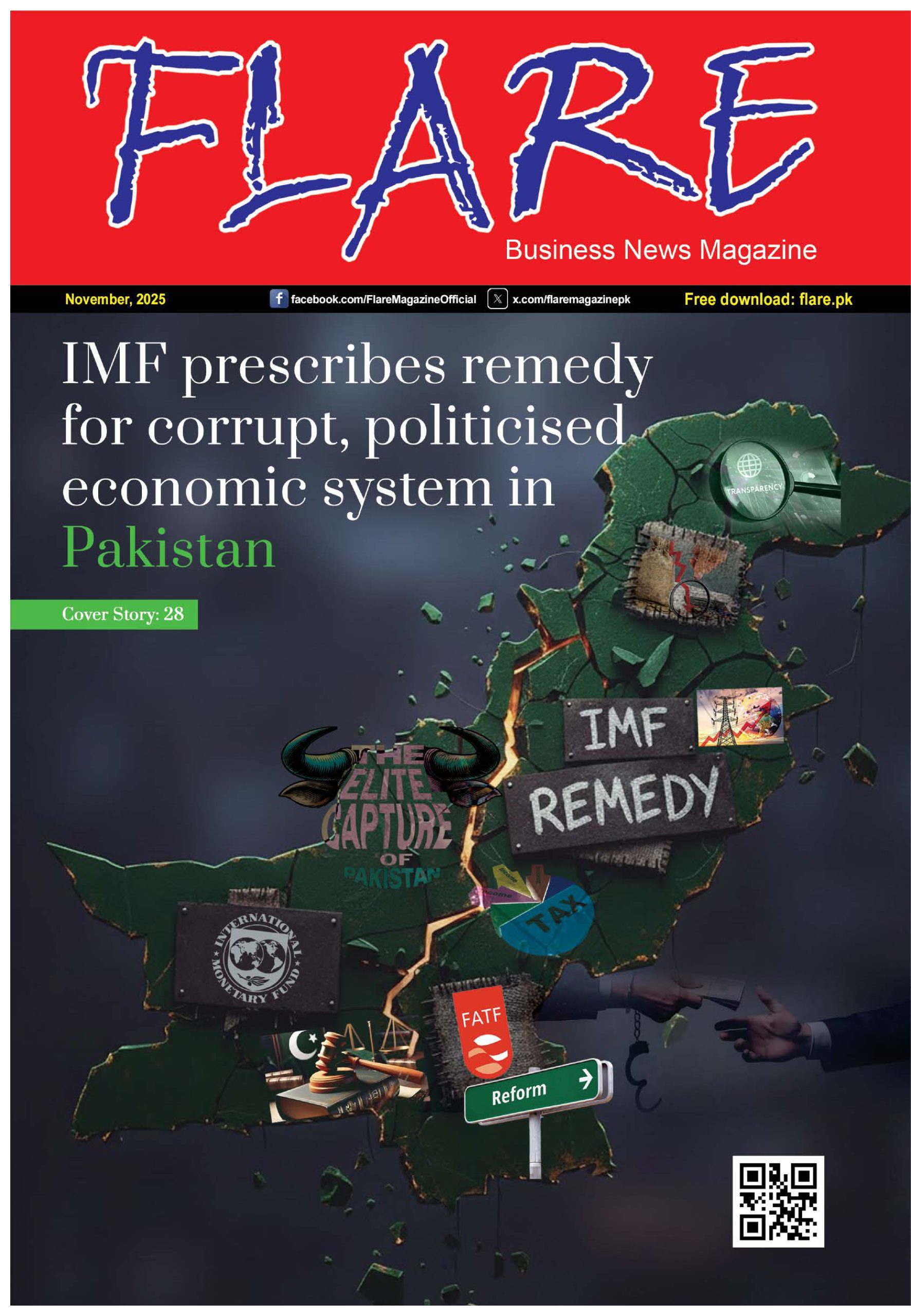In today’s highly competitive business world, creating effective print flyers is an art that can make a significant impact. Flyers serve as one of the most cost-effective marketing tools to promote your brand, events, products, or services. However, to ensure that your flyers are noticed and remembered, they must be designed with precision, creativity, and strategic intent. This article will guide you through the key steps to design and print flyers that captivate attention and drive results.
Understanding the Purpose of Your Flyer
Before you start designing your flier, it’s essential to have a clear understanding of its purpose. Whether you are advertising a sale, launching a product, or promoting an event, your flyer should convey a specific message to a targeted audience. Defining your goal will help you create a focused design that encourages people to take action.
Target Audience and Messaging
A successful flyer speaks directly to the intended audience. Ask yourself: Who is my audience? What action do I want them to take? Understanding your audience’s preferences and pain points allows you to tailor your flyer’s message to meet their needs. Use bold, attention-grabbing headlines that appeal to your audience and make the key benefits of your offer clear.
For example, if you’re targeting young professionals, your flyer should be sleek, modern, and concise. On the other hand, if you’re promoting a community event, a more colorful and family-friendly design might be more effective.
Key Elements of a Great Flyer Design
Designing an eye-catching flyer requires a combination of visual elements and effective copywriting. Below are the essential components that every high-performing flyer should include:
1. A Compelling Headline
The headline is the first thing people see, so it needs to grab attention immediately. Use bold, large fonts and keep the message concise. Examples of effective headlines include:
- “Huge Weekend Sale – Up to 50% Off!”
- “Join Us for the Annual Charity Gala!”
- “Exclusive Offer: Free Consultation for New Clients!”
2. High-Quality Images and Graphics
Visuals play a crucial role in the success of your flyer. Use high-quality images and graphics that are relevant to your message. A striking image can convey your message quicker than text, especially in today’s fast-paced world where attention spans are short. Make sure the images you use are clear, vibrant, and high-resolution for printing purposes.
3. Strong Call to Action (CTA)
Every flyer should have a clear and compelling call to action. This tells the reader what to do next, whether it’s visiting your website, calling your office, or attending an event. Phrases like “Limited Time Offer – Act Now!” or “RSVP Today” create a sense of urgency and encourage immediate action.
4. Contact Information
Always include your contact details, such as a phone number, email, website, or social media handles, so potential customers can easily reach you. If you’re promoting a physical event, make sure to include the address and any important details like date and time.
5. Brand Consistency
Ensure your flyer reflects your brand identity. Use consistent colors, fonts, and logos to reinforce brand recognition. Consistency helps build trust and makes your business look professional.
Designing for Print: Tips and Best Practices
While digital marketing has grown, print flyers still hold significant power, especially when distributed strategically. However, designing for print requires special attention to details that differ from online graphics. Here are some expert tips for ensuring your flyer looks perfect when printed:
1. Use Print-Ready Resolutions
When designing flyers for print, it’s essential to use high-resolution images. A minimum resolution of 300 DPI (dots per inch) ensures that your flyer’s images and graphics will be crisp and clear when printed.
2. Choose the Right Paper Stock
The type of paper you choose for your flyer can influence how it’s perceived. Thicker, glossy paper tends to look more professional and durable, while matte paper may suit a more minimalist or eco-friendly aesthetic. Make sure to select a paper stock that enhances your design and message.
3. Bleed and Margins
Ensure you account for bleed and margins in your design. The bleed area is the part of your design that extends beyond the cut edge of the flyer, ensuring there are no white borders when printed. Margins, on the other hand, keep important information away from the edges of the flyer to prevent it from being trimmed off.
4. Colors: CMYK vs. RGB
When designing for print, always use CMYK color mode instead of RGB. CMYK (Cyan, Magenta, Yellow, Black) is the standard for print, as it provides more accurate color reproduction. Using RGB (which is used for digital designs) can result in colors appearing differently when printed.
5. Typography Choices
Choose readable and professional fonts that match the tone of your message. Avoid using more than two or three fonts, as this can make your flyer look cluttered. Use larger fonts for headings and smaller, clear fonts for body text. Sans-serif fonts are generally more legible for print materials.
Effective Flyer Distribution
Designing an outstanding flyer is only half the battle; you also need a smart distribution strategy to ensure it reaches your audience. Here are some proven methods for distributing your flyers effectively:
1. Hand-to-Hand Distribution
One of the most common ways to distribute flyers is by handing them out in high-traffic areas. Whether at a local event, mall, or on a busy street, placing your flyer directly into people’s hands ensures immediate visibility.
2. Direct Mail
Flyers can be highly effective when mailed directly to your target audience. By using demographic data, you can send your flyers to homes and businesses that fit your target market.
3. Leave Flyers in Strategic Locations
Local businesses, coffee shops, libraries, and community centers often have bulletin boards or counter spaces where you can leave flyers for patrons to take. This method is great for reaching a specific geographic area.
4. Digital Flyers
While this article focuses on printed flyers, it’s worth noting that you can also distribute flyers digitally. Sharing a PDF version of your flyer via email or social media can significantly extend its reach.
Measuring the Success of Your Flyer Campaign
After distributing your flyers, it’s important to track their effectiveness. Here are a few ways to measure your flyer campaign’s success:
1. Use a Promo Code
Including a unique promo code on your flyer allows you to track how many people take action based on your flyer. This is especially useful for monitoring sales or event sign-ups.
2. Create a Landing Page
Directing people to a specific landing page on your website helps you track how many visitors were driven by your flyer. This method also allows you to gather additional data, such as email sign-ups or survey responses.
3. Monitor Foot Traffic
If you’re running a local business, you can track the success of your flyer campaign by monitoring foot traffic during the promotion period. Simply ask customers how they heard about your business to determine if your flyers are working.
Conclusion
Print flyers remain one of the most versatile and effective marketing tools in today’s digital age. By combining striking visuals, compelling copy, and smart distribution strategies, you can create a flyer that not only captures attention but also drives tangible results. Follow the guidelines outlined in this article to design and print flyers that truly stand out in a crowded marketplace.



